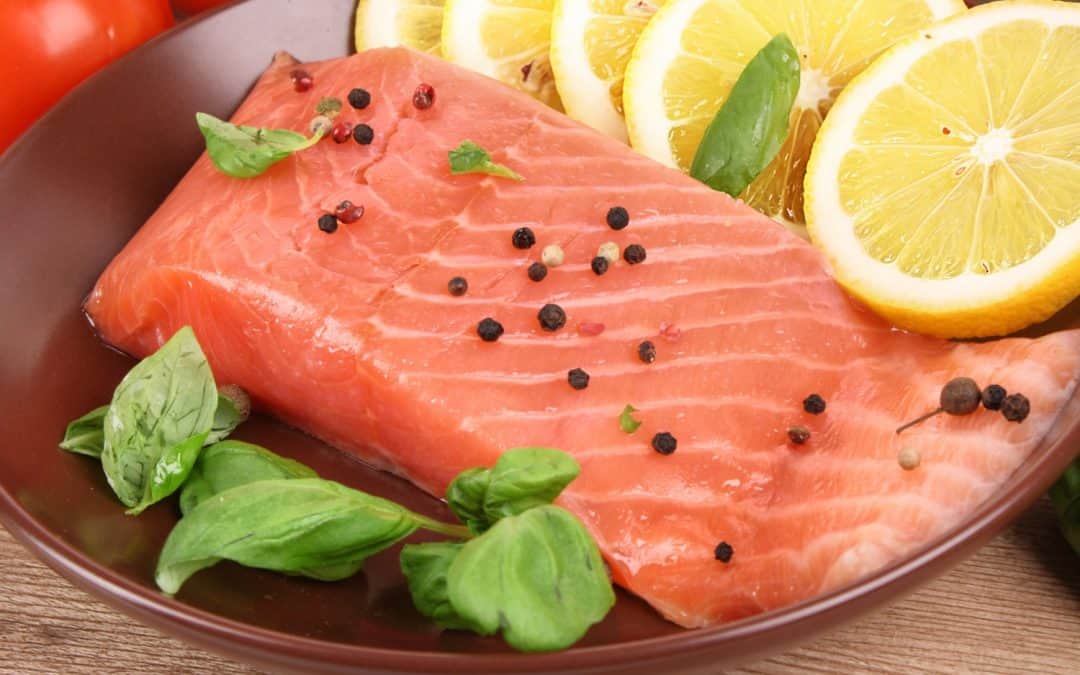In contrast to the noble wild salmon there exists another, more commonly consumed fish, that in many ways does not deserve to be named “salmon”, since it has none of the redeeming qualities of wild salmon. Commercial farm-raised salmon is what graces most people’s plates these days, and it is loaded with PCBs, antibiotics, growth hormones, artificial colorings and chemicals, many of which have been linked to cancer, reproductive problems and vision damage in humans.
Contrary to belief, these fish are not high in omega-3, but are high in omega-6 – the fatty acids you do not want more of! This is due in part to feed that salmon would not normally eat (such as soy). The red color found in farmed salmon is due to chemical coloring agents, aimed at masking the grayness of the flesh, which is the result of the unnatural fish feed.
Properties
Taste: Sweet
Natural Attributes: Heavy, Oily, sticky
Tissue impact (Vipak): Sweet, nourishing
Thermal impact (Virya): heating
Dosha impact: Decrease Vata, increase Pitta and Kapha
Digestive impact (Agni): relatively hard to digest
Channels (Srotas): closes the channels
Feces:
Urine:
Strength (Bala): highly increases strength and immunity
Mind (Manas): Tamas
Effect:
Chinese five element impact: Water
Chinese medicine syndromes: Kidney Yang Deficiency
Medicinal properties
- Nourishment (rasa): gaining weight, calming the heart, grounding, strokes, heart attacks caused by Yang Deficiency
- Blood-circulation-liver: anemia, cold of the extremities, arterial hardening and deterioration, high blood pressure, migraines
- Fat: high cholesterol
- Reproductive and hormonal systems: fertility, sexual potency
- Strength: builds strength
- Mental: stress
Harmful for: skin disorders

